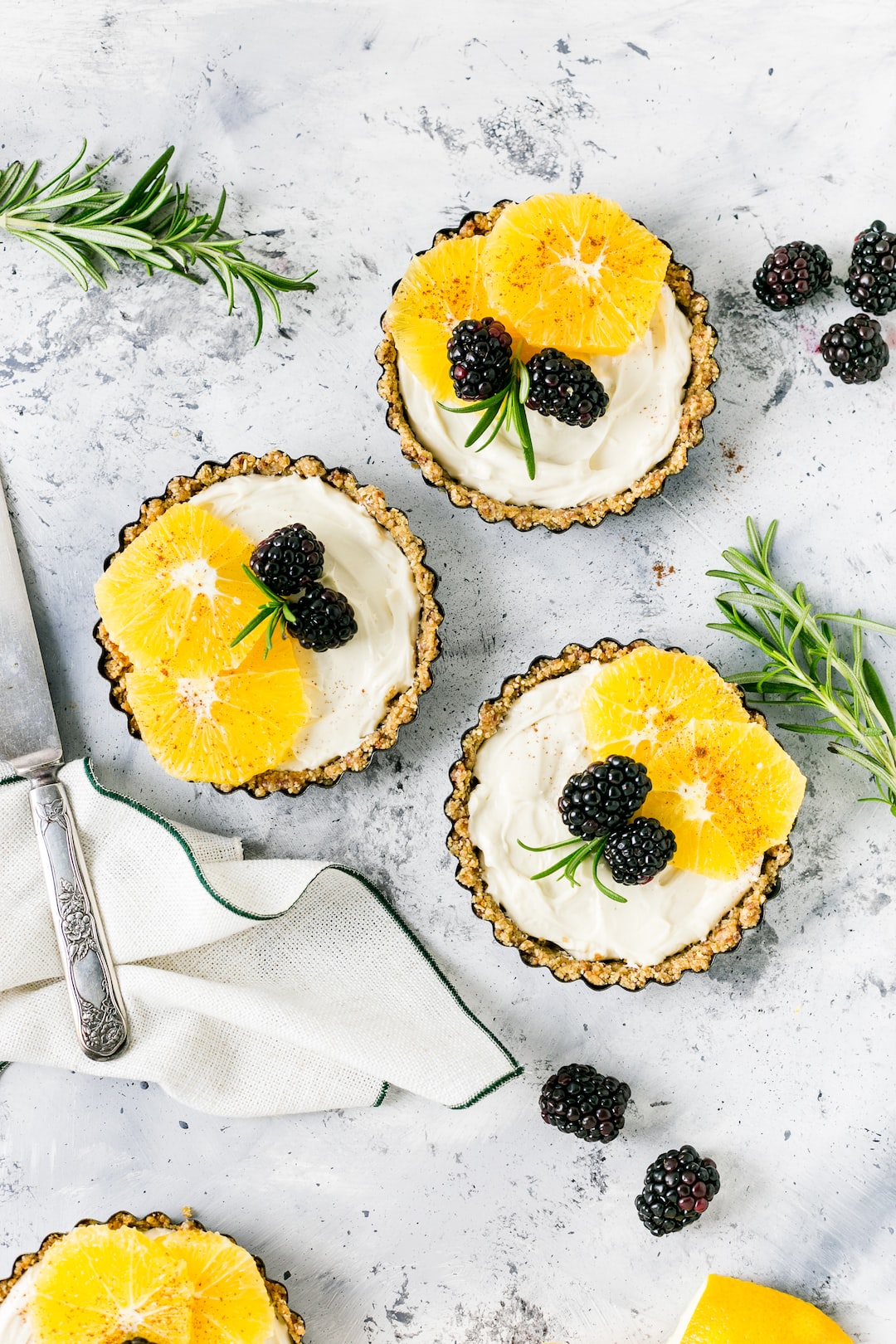The science behind food pairing: Unusual but surprisingly delicious combinations
Food pairing is an art – the art of combining different flavors, textures, and aromas to create a harmonious and exquisite culinary experience. But what if we told you that there’s a science behind it too? Yes, food pairing is not just about personal preferences or cultural traditions; it has a scientific basis that explores the chemical interactions between different ingredients. And sometimes, this science leads us to experiment with unusual but surprisingly delicious combinations that defy expectations.
The concept of food pairing is not new. It dates back to ancient times when people discovered that certain combinations of ingredients can enhance each other’s flavors. In recent years, renowned chefs and culinary experts have taken this concept to new heights with their innovative and unconventional creations. But what exactly happens on a chemical level when we pair unexpected ingredients?
One of the key factors in food pairing is the notion of “flavor compounds.” These are the molecular components responsible for the taste and aroma of ingredients. Each ingredient contains a unique set of flavor compounds, which can interact with other compounds in various ways. When two ingredients share similar compounds, they often complement each other and create a more intense and pleasing flavor. This is known as “flavor pairing.”
Let’s take an example: strawberries and balsamic vinegar. At first glance, this combination may seem odd. However, when we delve into the science, it becomes clear why these two ingredients work so well together. Strawberries contain a compound called furaneol, which gives them their distinct sweet aroma. Balsamic vinegar, on the other hand, contains acetic acid and a compound called furfural, which shares similarities with furaneol.
When the strawberries and balsamic vinegar are combined, the furaneol in strawberries and furfural in vinegar amplify each other’s flavors, creating a harmonious and enticing taste. The sweet and acidic notes blend perfectly, resulting in a unique and delicious pairing. This concept is not limited to strawberries and balsamic vinegar; it can be applied to various ingredients, uncovering unexpected combinations that tantalize our taste buds.
Another intriguing example of food pairing is chocolate and blue cheese. The idea of combining these two may sound bizarre, but once again, the science behind it reveals the magic. Chocolate contains a compound called theobromine, which gives it its characteristic bitter taste. Blue cheese, on the other hand, is known for its robust and tangy flavor, thanks to a compound called butyric acid. Surprisingly, theobromine and butyric acid are a match made in culinary heaven.
When chocolate and blue cheese are consumed together, theobromine and butyric acid interact, creating a complex and balanced flavor profile. The bitterness of chocolate is softened by the tanginess of blue cheese, resulting in a velvety and savory experience. This unlikely pairing exemplifies how combining contrasting flavors can elevate a dish to new heights.
The science of food pairing goes beyond individual ingredients. It also encompasses the method of cooking, presentation, and even the order in which dishes are served. By understanding the chemical reactions that occur during cooking and the impact they have on our taste buds, chefs can create multidimensional and unforgettable dining experiences.
So, next time you encounter an unusual but intriguing combination on a menu, don’t be afraid to give it a try. Behind that seemingly odd pairing lies the science of flavor, waiting to surprise and delight your senses. Embrace the art and science of food pairing, and embark on a culinary journey that will open your taste buds to a world of unexpected delights.

